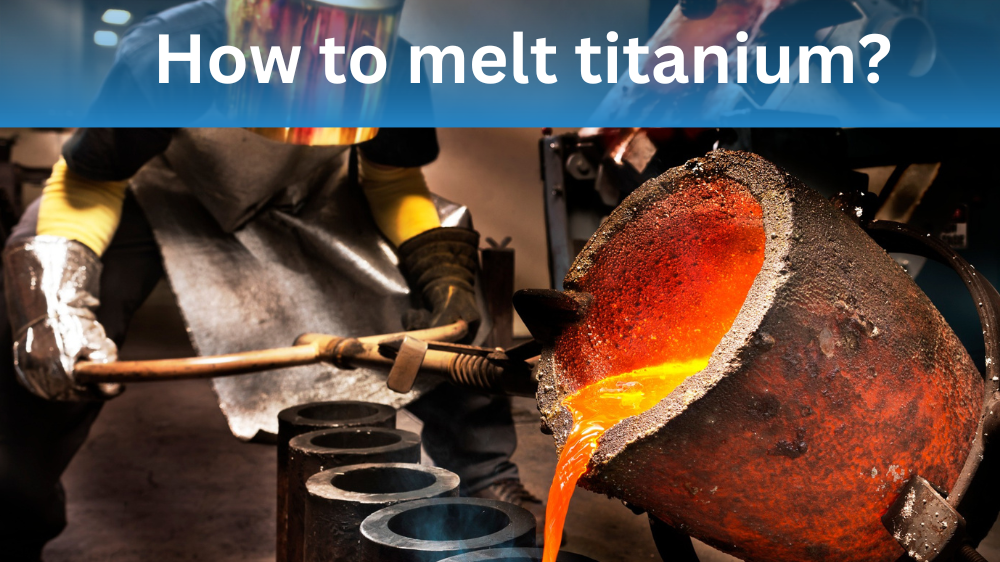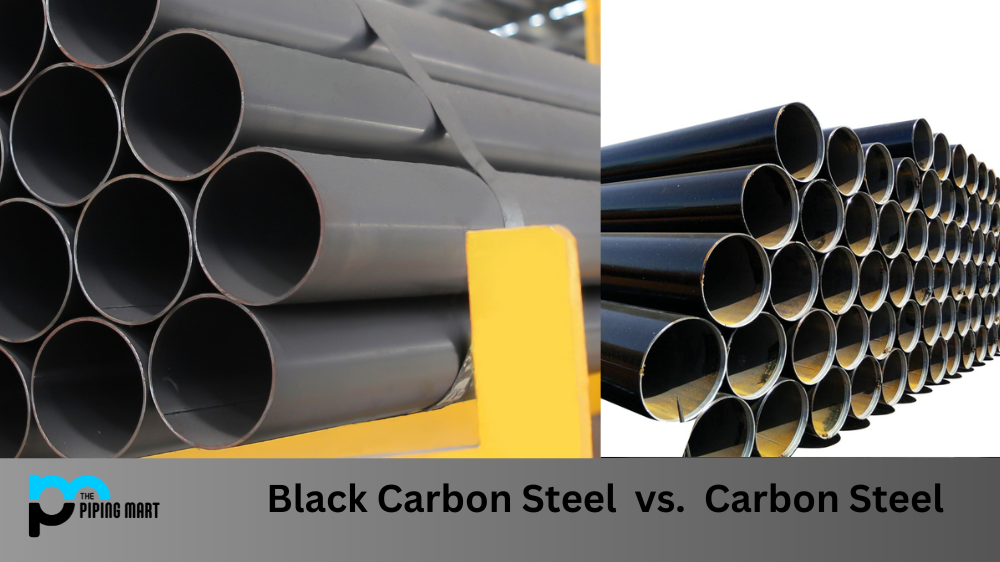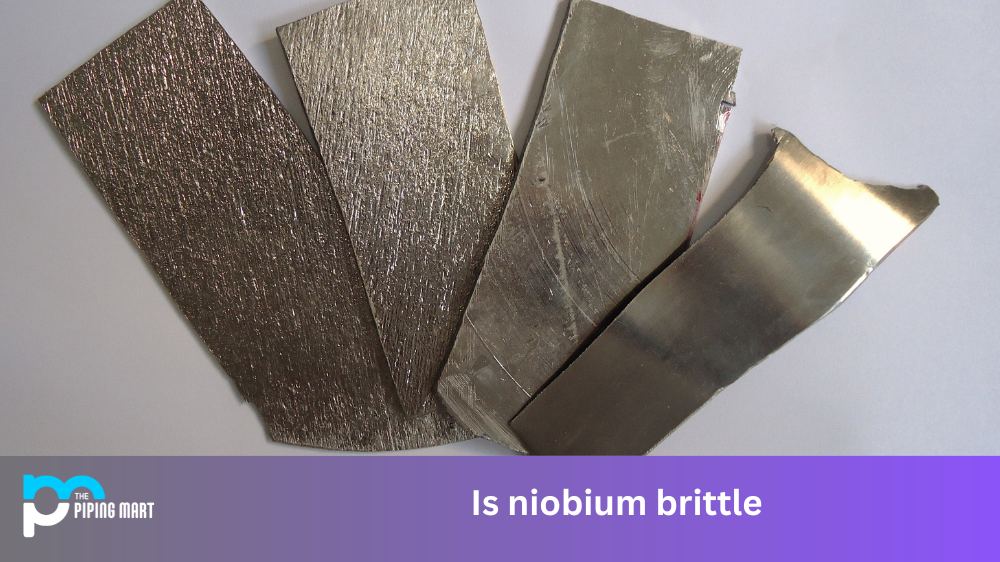Titanium is a chemical element with the symbol Ti and atomic number 22. It is a strong, lightweight metal used for centuries to make jewelry and tools. But how do you melt Titanium? In this blog post, we’ll discuss the basics of melting Titanium and provide some tips and tricks for those who are just getting started.
Safety First!
The first thing to consider when melting Titanium is safety. Titanium melts at over 1,650 degrees Celsius (3,000 degrees Fahrenheit), so you must use extreme caution when attempting to melt it. Make sure that you have all the necessary safety gear, such as protective eyewear, gloves, and face shields, before starting your project. Additionally, it is important to take precautions against any potential airborne particles by wearing a respirator or face mask while working with Titanium.
Equipment Needed
The next step in melting Titanium is gathering all the equipment needed for the process. This includes a furnace capable of reaching high temperatures, an electric arc furnace (EAF) or induction furnace specifically designed for metals like Titanium, tongs or other tools to move the hot material safely, crucibles to contain the molten metal during casting processes, thermocouples or other temperature measuring devices to monitor the temperature accurately, and finally molds for pouring into shape whatever object you plan on making from your melted Titanium.
Melt Process
Once you have all the necessary equipment gathered together and safety measures are taken care of, it is time to begin melting your Titanium. Heat your EAF/induction furnace until it reaches 1,650+ degrees Celsius (3,000+ degrees Fahrenheit). Place your tongs inside the furnace along with your pre-cut pieces of Titanium and let them heat up until they reach their melting point. Once they reach their melting point, remove them from the furnace carefully with your tongs and pour them into a crucible or mold, depending on what final shape you desire your piece(s) of melted Titanium to take once cooled off again. If possible, try to keep an eye on the temperature during this process so that you don’t overheat/melt too much of your material, as doing so could be dangerous both physically and financially!
Conclusion:
In conclusion, melting titanium is a useful and essential process that allows us to create strong and useful items. Whether it is for tools, medical implants, or other materials, there are many uses for this remarkable element. If you’re looking to do some serious metal working with titanium parts, then using an induction furnace is really your best bet. It produces less waste than traditional methods and creates a more uniform product in the end. However, if you decide to use the resistance method instead, just be sure to use proper shielding to protect yourself from potential harm. Ultimately though, whatever method you choose, it’s important to take the necessary precautions before you start trying to melt titanium!

Pipingmart is a B2B portal that specializes in metal, industrial and piping items. Additionally, we share the latest information and information about materials, products and various types of grades to assist businesses that are involved in this business.




